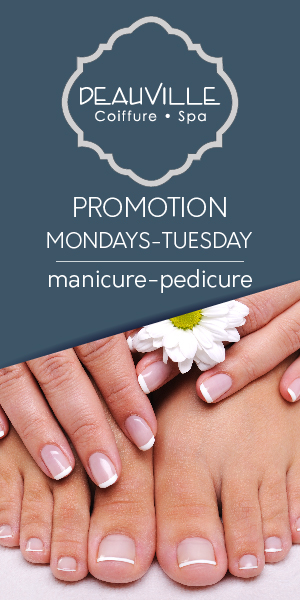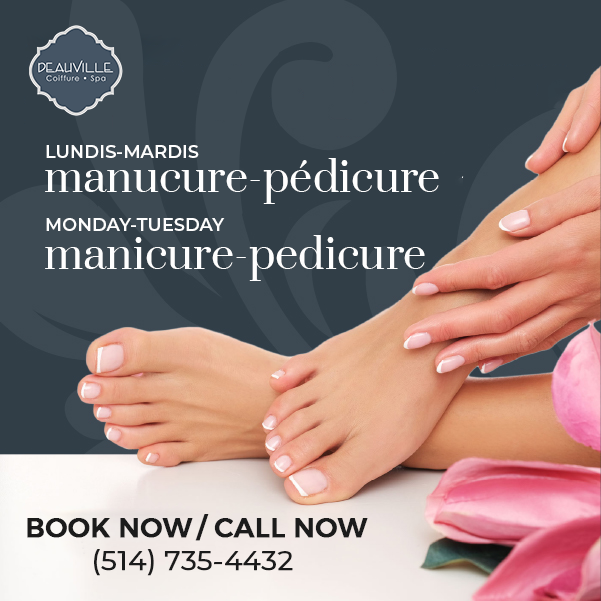Pinterest has provided us with images of ombre, foilyage and babylight highlighting techniques designed to produce natural-looking gradients of lightness in hair–much like what summer highlights looked like as children.
Baby balayage is a technique in which color is painted directly onto selected strands and sections with hand-painting in a sweeping motion, creating an exquisite sun-kissed effect and low maintenance that requires less noticeable regrowth between touch-ups.
Benefits
Baby balayage is not only an elegant color technique but is also much less damaging to your hair than other methods of highlighting, as it involves painting strands of color rather than using foils to create thicker sections of color.
Thus creating a more natural-looking sun-kissed look that blends well with your base color. Plus, less touch ups means both time and money saved in the long run!
Babylights differ from regular highlights by employing thin highlights that mimic the natural dimensional hair colors seen on children. You can choose whether to go warm or cool when selecting your tone; additionally, babylights tend to look better on finer strands than traditional highlights and look fantastic even after your hair has grown out! Plus they look fantastic even after multiple salon visits have passed!
Technique
Balayage highlights are an innovative technique that have taken the hair industry by storm. Offering more natural-looking options than traditional foil highlights, balayage enables your stylist to add color that complements your facial structure and style for low maintenance and natural-looking blonde results that look like you spent time outdoors.
Babylights offer a subtle spin on this trend, designed to imitate the delicate gradient seen in baby hair. Thin, precision-placed highlights look soft and integrate perfectly with your base color for an undetectable finish.
Babylights are more precise than balayage because your stylist will only paint individual strands at a time before folding them into tiny foils for application. While babylights take more time and may cost more in terms of salon time than balayage treatments, their subtler grow-out will produce less obvious lines as your hair lengthens over time.
Time
Balayage is an unconventional approach to hair colour. Instead of applying bleach through foils and then brushing or sweeping on lightener, balayage employs an intuitive freehand technique where lightener is painted over small sections of your hair with lightener using brushes or combs – creating a multi-tonal mix that blends naturally. Ideal for all lengths, balayage offers the chance for dramatic yet natural multi-tonal highlights without all-over highlight coverage.
Good news is that this method requires far less maintenance than traditional foils because re-growth is less noticeable. Although this means frequent salon visits, the pay-off for gorgeous sun-kissed locks is worth every minute spent!
Babylights are an excellent option for anyone starting to explore hair colour, or seeking subtler changes. The fine highlights can be applied piecemeal on individual strands at a time without appearing overdone or quickly fading away.
Cost
Cost factors that impact balayage services vary include hair length, color history and salon location. A hair colorist’s skill level and education will also have an effect on cost; those with more experience may charge higher fees than others. Furthermore, type of salon and luxury amenities will play a factor.
Contrasting with highlights, which are usually applied with foils, balayage is free-hand painted to produce a natural-looking sun-kissed effect that works well with the base color of your hair. Furthermore, its low maintenance requirements allow it to become one of the easiest styles to maintain than regular highlights.
Babylights are mini-highlights woven extremely thinly to produce more natural highlights that blend in more seamlessly with the base color. However, babylights don’t produce dramatic dimension; rather they create subtle sun-kissed looks perfect for those seeking a subtler transition from dark to light than with ombre or sombre techniques.



